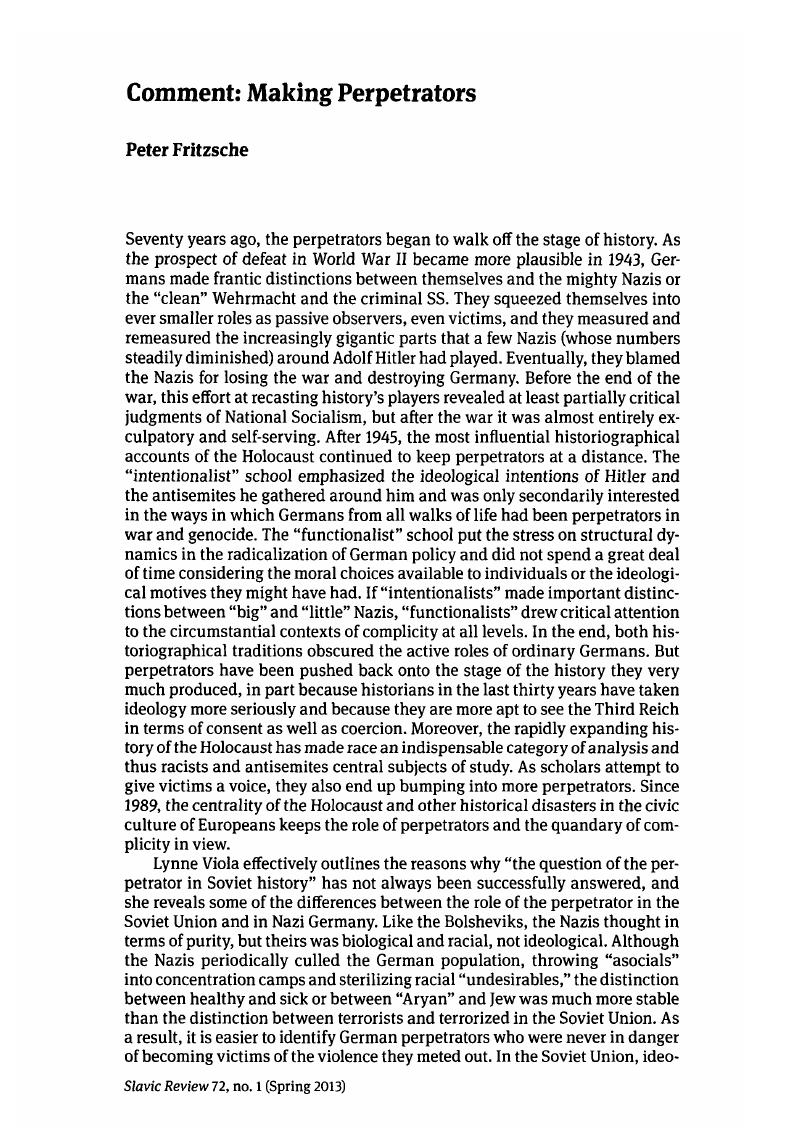No CrossRef data available.
Published online by Cambridge University Press: 20 January 2017

1. On views of 1918 and moral retraining, see Koonz, Claudia, The Nazi Conscience(Cambridge, Mass., 2003);Google Scholar Kühne, Thomas, Belonging and Genocide: Hitler's Community, 1918-1945(New Haven, 2010)CrossRefGoogle Scholar; and Wildt, Michael, An Uncompromising Generation: The Nazi Leadership of the Reich SecurityMain Office, trans. Lampert, Tom (Madison, 2009).Google Scholar
2. Browning, Christopher R., Ordinary Men: Reserve Police Battalion 101 and the Final Solution in Poland(New York, 1992)Google Scholar; and Welzer, Harald, Täter: Wie aus ganz normale Menschen Massenmörder werden(Frankfurt-am-Main, 2005).Google Scholar
3. Rentschier, Eric, The Ministry of Illusion: Nazi Cinema and Its Afterlife(Cambridge, Mass., 1996), 160.Google Scholar